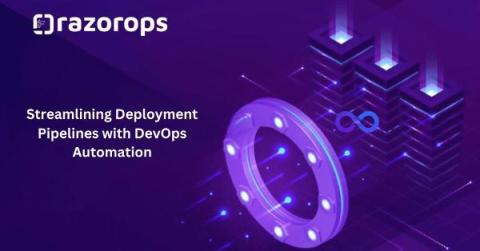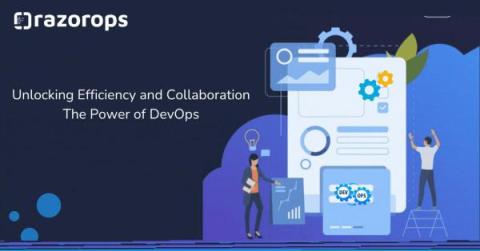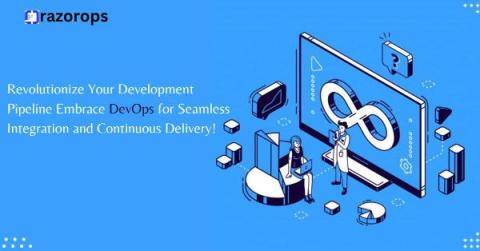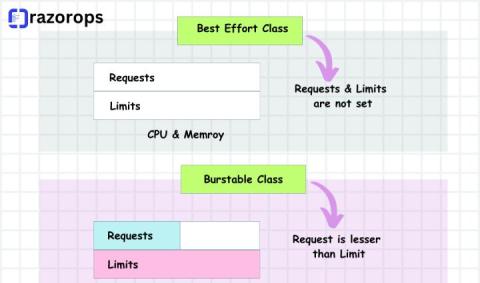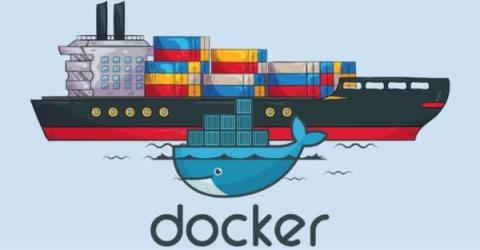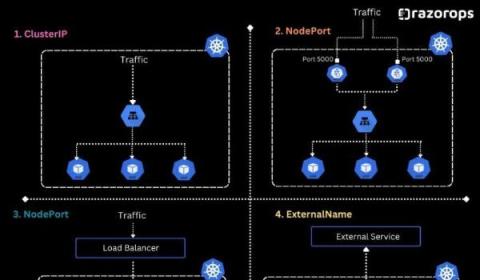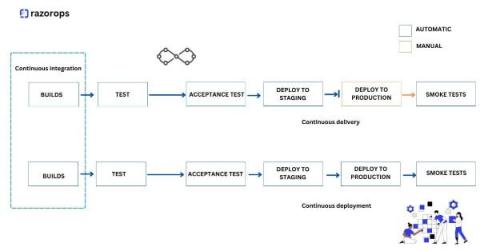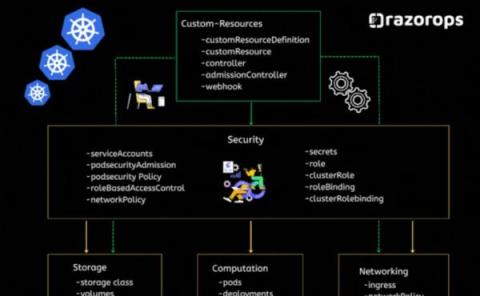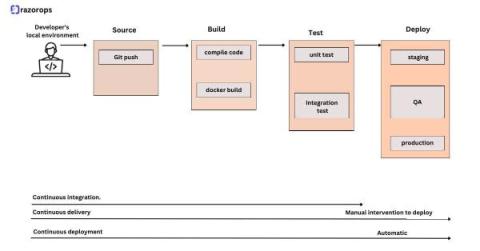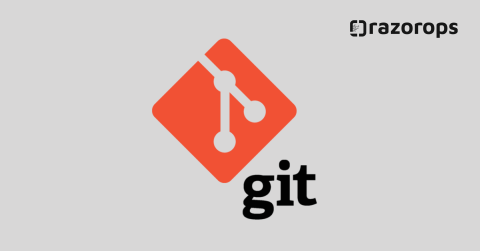Streamlining Deployment Pipelines with DevOps Automation
DevOps has emerged as a crucial methodology for software development and deployment. DevOps bridges the gap between development and operations teams, fostering collaboration and enabling continuous integration and delivery (CI/CD). At the heart of DevOps lies automation, which streamlines deployment pipelines, enhances productivity, and ensures rapid, reliable software delivery.


